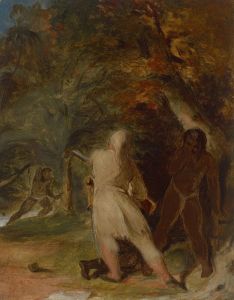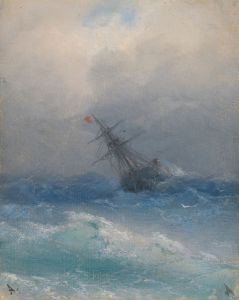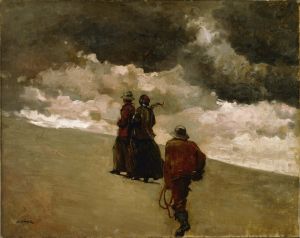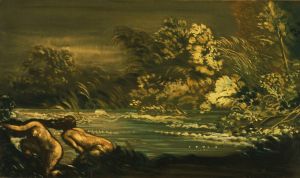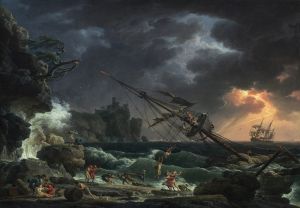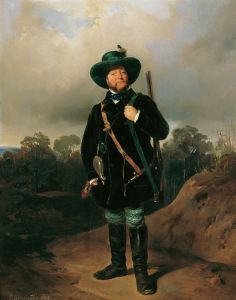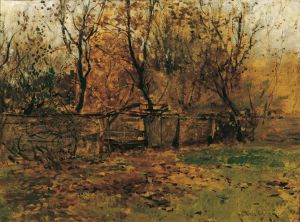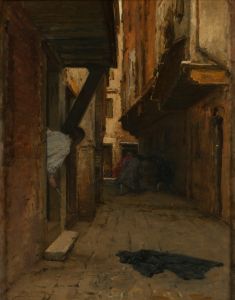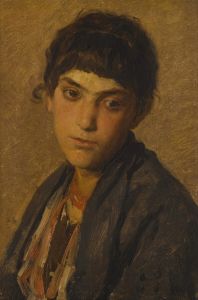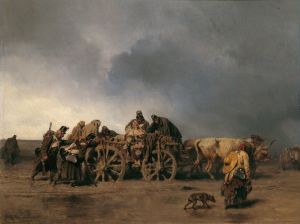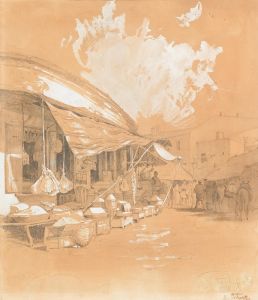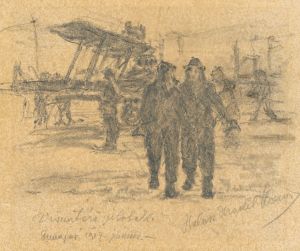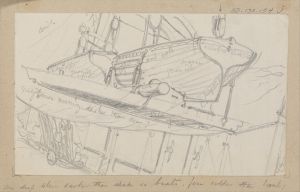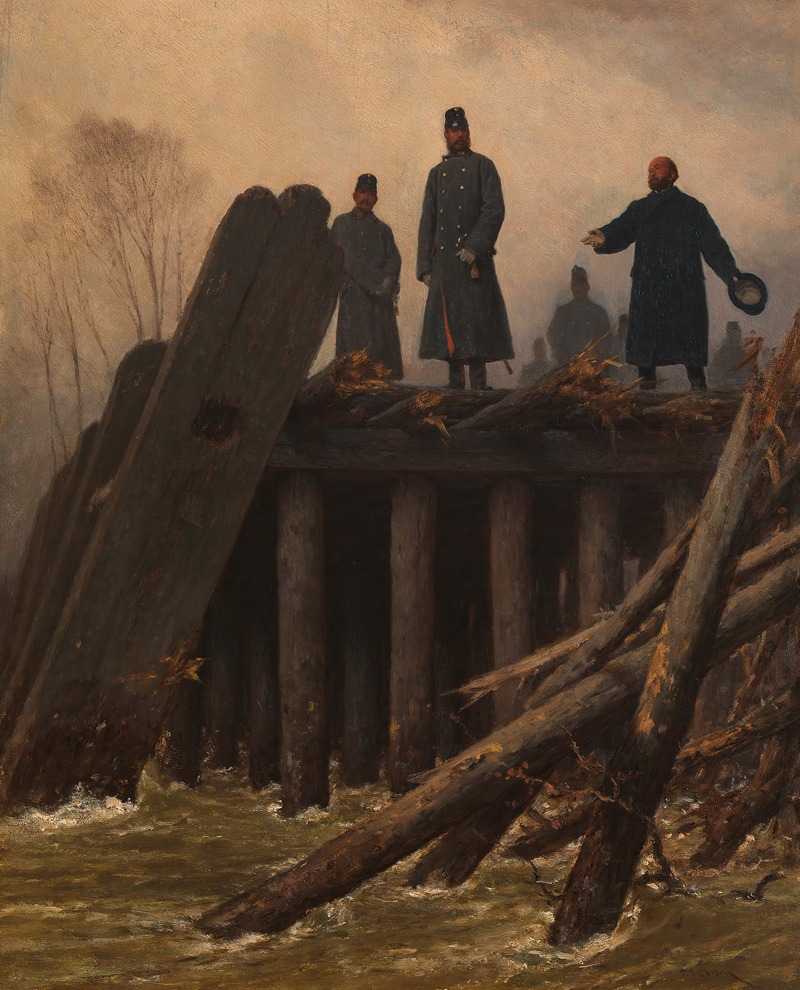
Die Überschwemmung im Februar 1862
A hand-painted replica of August von Pettenkofen’s masterpiece Die Überschwemmung im Februar 1862, meticulously crafted by professional artists to capture the true essence of the original. Each piece is created with museum-quality canvas and rare mineral pigments, carefully painted by experienced artists with delicate brushstrokes and rich, layered colors to perfectly recreate the texture of the original artwork. Unlike machine-printed reproductions, this hand-painted version brings the painting to life, infused with the artist’s emotions and skill in every stroke. Whether for personal collection or home decoration, it instantly elevates the artistic atmosphere of any space.
August von Pettenkofen was an Austrian painter known for his genre scenes and depictions of everyday life, particularly in Hungary. One of his notable works is "Die Überschwemmung im Februar 1862" (The Flood in February 1862). This painting captures a significant historical event, the flood that occurred in February 1862, affecting various regions in Europe, including parts of the Austro-Hungarian Empire.
Pettenkofen was born in Vienna in 1822 and initially trained at the Academy of Fine Arts in Vienna. His early works were influenced by the Biedermeier style, which emphasized realism and detailed representation of middle-class life. However, his artistic direction shifted after his experiences as a war artist during the Hungarian Revolution of 1848. This period exposed him to the landscapes and people of Hungary, which became a recurring theme in his later works.
"The Flood in February 1862" is a testament to Pettenkofen's ability to capture the human condition amidst natural disasters. The painting likely depicts the aftermath of the flood, focusing on the resilience and struggles of the people affected by the disaster. Pettenkofen's attention to detail and his use of color and light would have been employed to convey the somber mood and the challenging circumstances faced by the flood victims.
While specific details about the painting's composition and dimensions are not widely documented, Pettenkofen's style typically involved a realistic portrayal of his subjects, often with a focus on the emotional and social aspects of the scene. His works are characterized by their narrative quality, drawing viewers into the story being told through the canvas.
Pettenkofen's interest in Hungarian themes and his frequent travels to Hungary allowed him to develop a deep understanding of the region's culture and people. This connection is evident in his works, which often depict Hungarian peasants, markets, and rural life. His ability to portray these subjects with empathy and authenticity earned him recognition and respect in the art community.
"The Flood in February 1862" fits within this context, as it reflects Pettenkofen's commitment to documenting real-life events and the impact of such events on ordinary people. The painting serves as both a historical record and an artistic interpretation of a natural disaster, highlighting the vulnerability and resilience of human communities in the face of adversity.
August von Pettenkofen continued to paint and exhibit his works throughout his life, gaining acclaim for his contributions to genre painting. He was a member of the Vienna Künstlerhaus and received several honors for his artistic achievements. Pettenkofen passed away in 1889, leaving behind a legacy of works that continue to be appreciated for their historical and artistic value.
In summary, "Die Überschwemmung im Februar 1862" by August von Pettenkofen is a significant work that captures the essence of a historical flood event through the lens of genre painting. While specific details about the painting may be limited, Pettenkofen's broader body of work provides insight into his style and thematic interests, particularly his focus on the human experience in the face of natural and social challenges.





